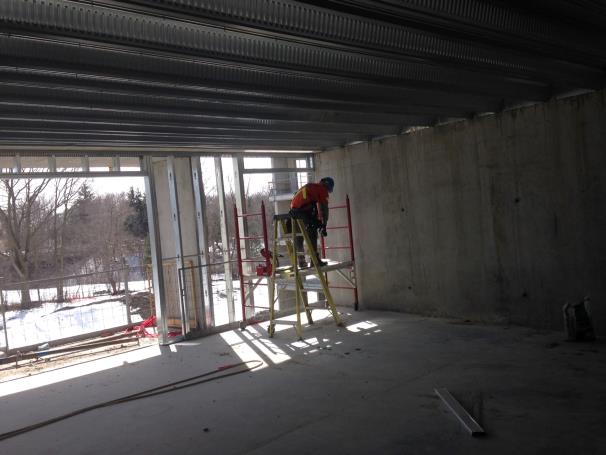Safe Work planning is a critical step in controlling hazards to keep workers safe. A safe work plan is required whenever a worker will be exposed to a hazard. All workers involved in the process/tasks are required to sign the plan as proof of understanding. Read below to learn more.

Why Safe Work Planning Matters
Safe work planning is a process that starts with understanding the work to be done. Having a plan for safe work means that workers know what hazards are associated with the task or process, and how to keep themselves safe. A safe work plan means that workers, supervisors, and constructors will have a clear view of what hazards are present and how those hazards will be controlled.
A permanent record of the safe work plan is required for the duration of the project or job. The record needs to be available to safety inspectors, trade unions, constructors, management as well as the joint health and safety committee. If writing the plan by hand, write it legibly in ink and keep an accurate filing system for the completed plans.
Plans can be repeated for the same tasks, but must be acknowledged and signed each time the task is completed. For example, a roofing contractor may have the same safe work plan for working at the edge of all flat roofs. The plan may be applied to different roofs, but the assessment must be conducted and the workers need to sign the plan every time they’re exposed to the edge of a flat roof.
How to Assess Hazards
Start with an assessment of the tasks to be completed. For each task, look at the tools, equipment, materials, and locations required. This should be done daily as conditions on a jobsite can change quickly. At the start of each work day the supervisor should lead a short tailgate or toolbox meeting to address hazards and assign tasks for the day.
Assess each item individually for hazards: tools might need guards or wet-cutting to prevent dust; equipment or materials may need rigging and personnel to move safely; locations could interact with other trades creating a hazard, or a fall hazard, confined space, atmospheric hazard, electrical, fire etc.
Once each hazard has been identified, work out a control for it. The guards, PPE, or equipment needed to overcome the risk. Ensure that the appropriate controls are practical, and that workers have the required training. Each control needs to be appropriate to the task and the workers. The best controls are at the source of the hazard to protect all the workers, as opposed to PPE which only protects one worker.
Why Documentation Matters
The most important rule in safety and compliance is that “if it’s not written down, it didn’t happen”. In the event of an injury or failure of a control, the documentation associated with that hazard is the proof of due diligence. All workers working with that task or process need to review the safe work plan and sign it confirming they understand.
Supervisors are mandated to ensure that workers are adhering to the plan. Make the plan available to the workers. The best way to manage that is with a digital safety management platform. Learn more here. A digital system puts the plan in the hands of the worker, the supervisor, the management, and anyone else that needs access to the record. With no paper to lose or damage, the records are easy to find. All documentation is stored in a searchable database.
Where Do You Get Certified?
A remote training certificate is available here. This video based certificate class gives learners the basics of hazard analysis.
Live training is available for more in-depth and customized solutions for specific workplaces. Contact us to schedule an assessment and training plan. Our team will conduct a gap analysis and establish a process for each safe work assessment. Supervisors and workers will be well equipped to identify and mitigate the hazards associated with construction work.
Plan your work, work your plan, stay safe.
A safe work plan is essential to protecting workers. Proper documentation relieves confusion and shows due diligence during inspections. Proof of training is a further step in the documentation process.
KMC Safety Solutions serves the Southern Ontario manufacturing and construction sectors. We offer training, program development, gap analysis, compliance auditing and consulting services. Training is available in person or online for many programs. Contact KMC for your personalized solutions.
